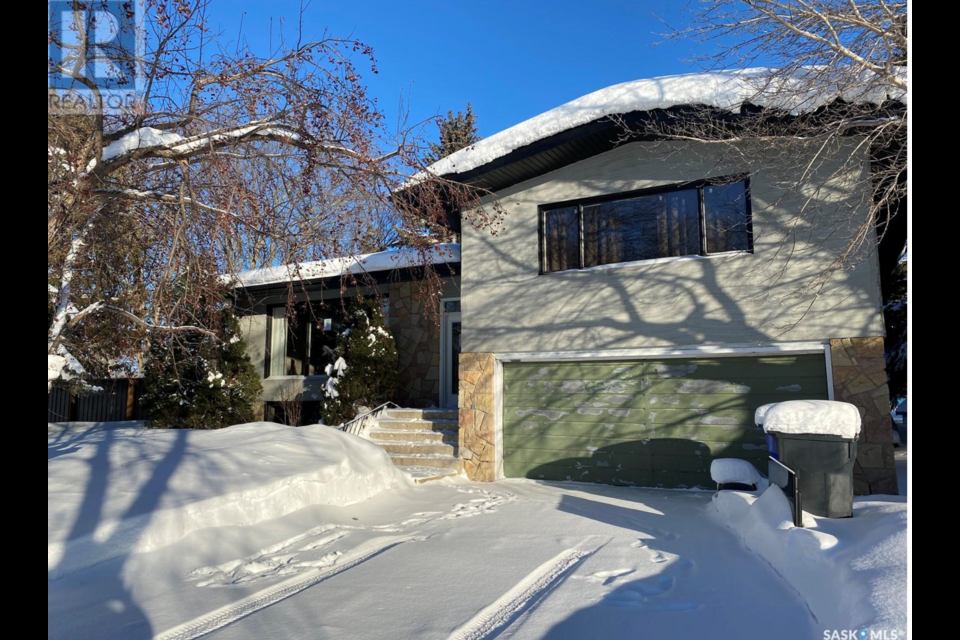Small-town Saskatchewan real estate agents are reporting a substantial increase in housing sales with transactions hitting record highs for some of the lowest-cost homes in the country.
Jodie Kowalyshyn of Community Insurance in Canora has been a licensed realtor since 2006. She said that 2021 was the busiest season she has ever seen over the span of her 15 years in the industry.
“Normally, we have close to 40 properties on the market,” said Kowalyshyn. “Currently we’re down to just 15 – and the demand is showing no signs of slowing down. We’re expecting sales to take off even more once the weather changes and the snow melts.”
The average composite home price in Southeast Saskatchewan, where Canora is located, is $192,600, compared to a national average of $816,700, according to February data from the Canadian Real Estate Association.
Kowalyshyn said the fastest-selling Canora homes are those listed under $100,000.
“Just last week, we listed a smaller house in town. We posted a sign in the front yard, and by the next day – it was sold.”
Kowalyshyn said that while her clients are looking to Canora for a variety of reasons – the most popular are affordability and its proximity to Yorkton, the sixth-largest city in Saskatchewan where the average home sells for $211,200.
“Many of our clients are first-time homebuyers who want to live in a small town, but still enjoy all of the city amenities within a short commute,” said Kowalyshyn. “We have a great little town with so many events and community development projects on the go that will serve residents – especially families with children. We are also well-known for our high rate of senior citizens, and we are seeing quite a few properties come up for sale – like estate sales or people who want to downsize to live with family or move into senior housing. Older people often tell us they have grown tired of the work involved with maintaining a house – like cutting grass or shoveling snow. There are also a number of farmers in the area who are looking to retire and either sell all of their land or subdivide and sell parts they don’t want to manage anymore. Unless a property is priced way too high, it won’t last long on our listings. It’s definitely a seller’s market right now.”
Another established local realtor, Gladys Secondiak of Re/Max Bridge City Realty, said her properties are selling so fast, she can hardly keep up with the paperwork.
“I’ve been running steady. I work seven days a week. You’d think COVID-19 would have slowed things down, but actually, it has stirred buyers up. In all my years in this industry, 2021 was the busiest year yet.”
Secondiak said that a good portion of her buyers are out-of-province and it’s not uncommon for properties to be purchased sight unseen.
“I’ve seen a huge increase in impulse buyers,” said Secondiak. “A lot of people are telling me that they want to escape. They are watching the news and they are frightened. They are worried about economic depression and it has put them in survival mode. They want to be self-sustaining, so they are looking for ways they can live off the land. Acreages are the most in-demand. People are saying they want to plant their own vegetables and even look to buy full quarters of land so they can hunt and provide their own food.”
In a strange twist, Secondiak reported that small town Saskatchewan was also affected by the Ottawa “trucker freedom convoy.”
“Well, when people started talking about the idea of Trudeau freezing bank accounts, they really began scrambling to put their cash and assets into real estate. When they looked across the country, they discovered the best prices were right here in Saskatchewan. These days, land is typically gone the minute it comes up – but only if it is priced right.”
Secondiak added that although the demand for commercial real estate hasn’t been quite as dramatic, she has observed a new trend emerging with young professionals.
“I’ve spoken with a number of real motivated and really skilled professionals who are looking to live the life of their dreams by owning their own commercial business. It seems as though the pandemic gave many people the time to reflect on their personal goals and ambitions. People are discovering that small-town Saskatchewan has viable commercial venture opportunities that are otherwise completely unaffordable in larger cities. It’s so exciting for me to help support those folks that are no longer fulfilled by their employer or jobs and want to ‘be their own boss’.”
Secondiak added that Saskatchewan’s small-town real estate market has seen its share of booms and busts, and there is no telling how long this hot market will last.
“The way things are going right now – I think this is great for our small communities. I would say for anyone considering selling a small house under $100,000 or more so $50,000 – the time to list is now. Of course, there are always unknowns – like the potential for interest rates to go up. But I do not see things slowing down at all throughout the summer.”



